With the price of energy soaring, and signs it may stay that way for some time yet, you might be thinking about whether a battery makes sense for your home. So what do you need to know about installing a home battery?
What is a solar battery?
A home energy-storage system, also called a ‘home’ or ‘solar’ battery, means you can capture electricity and use it at another time. More and more households are looking at using a battery to store the electricity their solar panels generate during the day and release it when the sun isn’t shining. It’s not just surplus solar, batteries also offer us the chance to store cheap off-peak energy (such as at an overnight rate set by your EV tariff) to use during the day when energy prices are higher. As well as costing less, off-peak electricity is also less carbon-intensive.
What can a solar battery do?
The Tesla Powerwall is one of the best known names in the world of solar batteries. It can:
-
- Store excess solar electricity
- Store cheap, off-peak electricity
- Power your home appliances
- Charge your EV
- Power you through a power-cut (with an additional Gateway gadget)
Alongside Tesla, other big tech brands such as Samsung are selling home-energy storage systems. See the table below.
Is solar battery storage right for my home?
If you have solar PV panels, or are planning to install them, then using home batteries to store electricity you’ve generated will help you to maximise the amount of renewable energy you use. Home-energy storage will also reduce the electricity you use from the grid, and cut your bill.
Today, with prices high due to skyrocketing gas prices batteries looks a worthwhile investment. But if you’re simply after payback, you may be better off making sure your home is as energy-efficient as possible before you install a battery- and this may be better carbon savings too. Insulating your loft with a top-up layer or retro-fitting interior or exterior insulation to your walls comes at a far lower cost.

A solar battery can maximise the self-consumption of your solar
How much money will I save if I already have solar?
For an existing solar panel system, payback depends on whether you are generating enough electricity that you don’t use.
Installing a home-energy storage system is definitely a long-term investment, but it will help cut your energy bills immediately. Your chance of savings will depend on: the cost of installation, the type of system installed, how effective the control algorithm is, the price of electricity over time, as well as the battery’s actual lifespan.
Several systems come with a 10-year warranty. They require little maintenance, so the main cost is the initial installation. If you install it with solar PV (which can last 25 years or more), you should factor in the cost of replacing the battery.
The prediction is that battery prices will drop in future, and we’ve already seen electricity prices increase. Does this mean it is a good time to invest?
Home energy comparison
How much does a home battery cost?
Home-energy storage will cost anything from £2,000. If you’re at home during the day and already use a large proportion of the electricity you generate, or divert surplus electricity to heat your water (for example), then you are already doing some of the jobs a battery does well.
At £2,000 and on the basis of a 10 year life (a normal warranty period), you’re talking about 50p per day. For a bigger battery at a cost of £4,000 that’s equivalent to £1 per day. For the average home using 8 kWh per day that’s like an extra 12.5p per kWh you use. So if you can store solar or off-peak power and use it when energy costs 12.5p more per kWh, you begin to recoup your investment.
There’s also potential to recoup costs through energy trading. Octopus Outgoing Agile has a variable export price that goes up and down depending on the wholesale price in any one 30 minute period.
You don’t need to be an Octopus customer to get the deal. In fact, Outgoing Agile doesn’t work with the popular Octopus Go EV tariff. Go customers can get a flat fee of 3p / kWh for their solar export. Read more about Outgoing Octopus.

- Octopus Agile can pay you a price per kWh exported from your battery that tracks the market rate
In the future it may be, you may not even have to buy a battery. Instead you may be able to get a storage ‘package’ from your utility. This means a discounted battery in return for allowing your supplier to control it to ‘balance the grid’ – helping them meet the demand for energy at any one point.
Pros and cons of home batteries
Pros:
✔ Helps you use more of the electricity you generate
✔Takes advantage of cheap-rate electricity
✔ Require little maintenance
✔ Means you can still get 50% FiT, even if you upgrade to a smart meter
Cons:
✘ Significant upfront cost
✘ Could reduce your solar FIT payments (DC systems)
✘ Likely to need replacing during the lifetime of a solar PV system
✘ If retro-fitted to existing solar PV, you may need a new inverter
✘ Batteries added to existing solar PV systems are subject to 20% VAT. Batteries installed at the same time as solar panels are subject to 5% VAT
How does a home battery work with FiT?
If you already get the solar Feed-in Tariff (FIT) for an older system, part of it is based on the amount of electricity you generate and export to the grid. If you don’t have a smart meter, the amount of electricity you export is estimated at 50% of what you generate. When you get a smart meter, your export payments will be based on actual export data. However, if you also have a home battery installed, your export payments will go back to the estimated 50%. That’s because your export meter cannot determine whether electricity exported from your battery was originally generated by your panels or taken from the grid.
How does a home battery work with SEG?
If you are looking to install solar panels and a solar battery, new Smart Export Guarantee (SEG) tariffs will pay you for any excess renewable electricity you have generated and export to the grid. Contact your supplier to find out about their SEG rates.
If you live in Scotland there’s a bonus – the government offers interest-free loans to homeowners to fund energy-saving improvements, including energy storage. You can borrow up to £15,000, which you must repay within 10 years.
What are the best home energy storage batteries?
There’s a limited, but growing, range of products. Capacity of new lithium-ion batteries ranges from around 1kWh to 8kWh. To put it in context, a 4kWh system would be enough to put 35 miles on your EV or cover half of the normal use of an average home over a day. Like an EV battery, usable capacity is usually less than stated capacity. This is because they protect themselves by not fully discharging.
| Supplier | Capacity | Technology | Cycles Warrantied | Warranty | Weight | Operating Temperature | Dimensions (HxWxD) | Mounting | Powercut backup | Cost (plus installation) | |
|---|---|---|---|---|---|---|---|---|---|---|---|
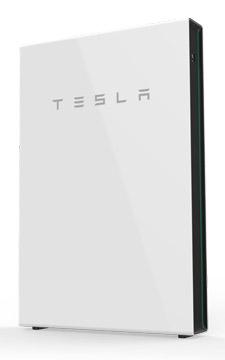 |
Tesla Powerwall 2.0 | 13.5 kWh | Lithium-ion | n/a | 10 years | 114kg | -20°C to 50°C | 1,150 x 753 x 114mm | Floor or wall-mounted (indoor or outdoor) | Yes | £7,900+ |
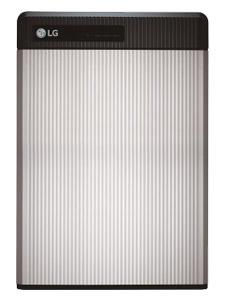 |
LG Chem Resu | 3.3 – 13.1kWh | Lithium-ion | 6,000 | 10 years | 31 – 98.5kg | -10°C to 45°C | 452 x 403 x 120mm to 744 x 907 x 206mm | Floor or wall-mounted (indoor or outdoor) | No | £2,628+ |
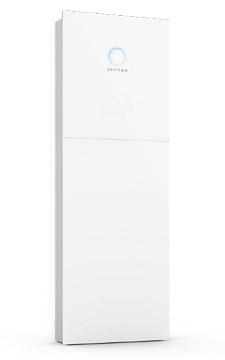 |
Sonnen Batterie Eco | 2 – 16 kWh | Lithium-ion | 10,000 | 10 years | 71 – 273kg | 5°C to 40°C | 702 x 641 x 221mm to 1839 x 641 x 221mm | Floor/Wall | Yes | £4,500+ |
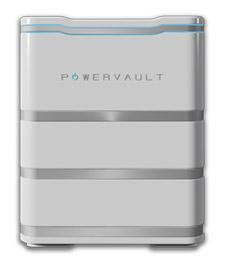 |
Powervault 3 | 4 – 20 kWh | Lithium-polymer | >6,000 | 10 years | 129 – 329 kg | 0°C to 35°C | 97 x 100 x 25 to 212 x 100 x 25 | Floor or wall-mountable | No | £4,740 – £14,820 |
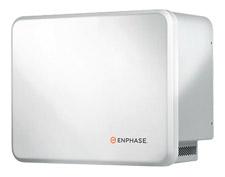 |
Enphase | 1.2 kWh | Lithium-ion | 7,300 | 10 years | 25 kg | -20°C to 45°C | 325 x 390 x 220mm | Wall-mounted indoors | No | £1,700+ |
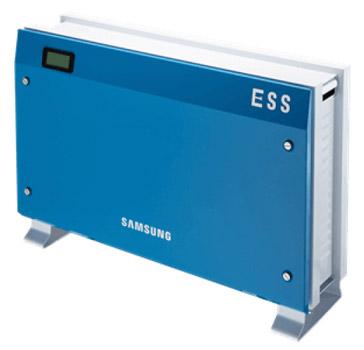 |
Samsung SDI | 3.24 kWh | Lithium-ion | 6,000 | 5 years | 95kg | -10°C to 40°C | 1,000 x 267 x 680mm | Floor | Yes | £3,500+ |
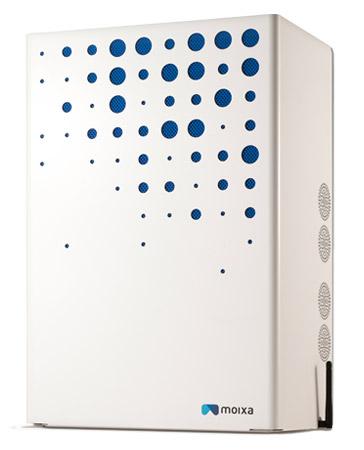 |
Moixa Smart Battery | 2-3 kWh | Lithium Ion Phosphate – LiFePO4 | 10,000 | 10 years *Lifetime with GridShare | 39.7 – 48.7kg | -5°C to 40°C | 505 x 345 x 245mm | Wall | No | £2,950 – £3,450 |
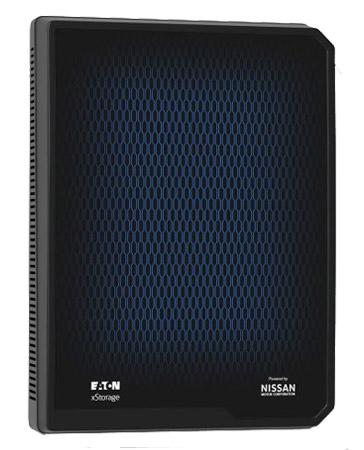 |
xStorage by Nissan | 3.6 – 10.08 kWh | Lithium-ion | n/a | From 5 years for 4.2kWh system, 10 years for 6kWh system | 135kg | 0°C to 30°C | 1,230 x 890 x 220mm | Wall | No | £3,000 |
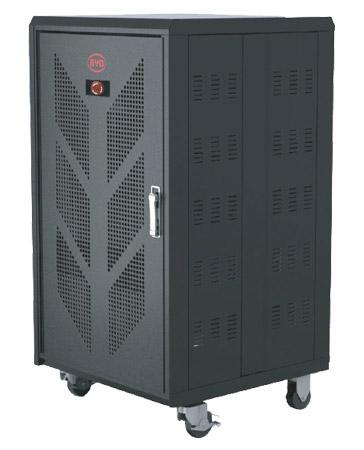 |
BYD B-BOX | 2.5 – 10 kWh | Lithium Iron-Phosphate | 6,000 | 5 years | 88 – 202kg | -20°C to 55°C | 1,000 × 600 × 600mm | Floor | No | £1,700+ |
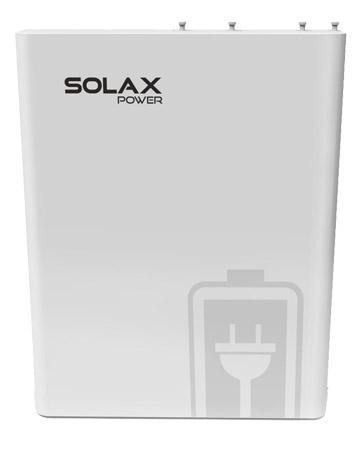 |
Solax Battery | 3.3 – 6.5kWh | Lithium-ion | 3,000 | 10 Years | 26 – 44kg | n/a | 330 x 450 x 110mm | Wall | Yes | £1,920+ |
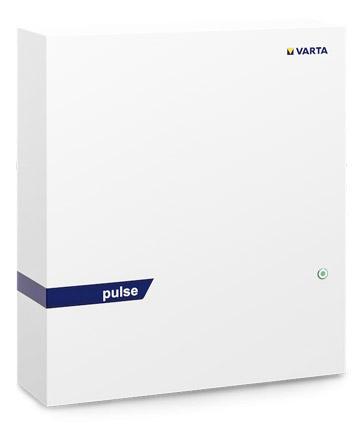 |
Varta Pulse | 3.3 – 6.5kWh | Lithium-Ion | 4,000 | 10 Years | 45 – 65kg | 5°C to 30°C | 600 x 690 x 190mm | Wall | No | £3,579+ |
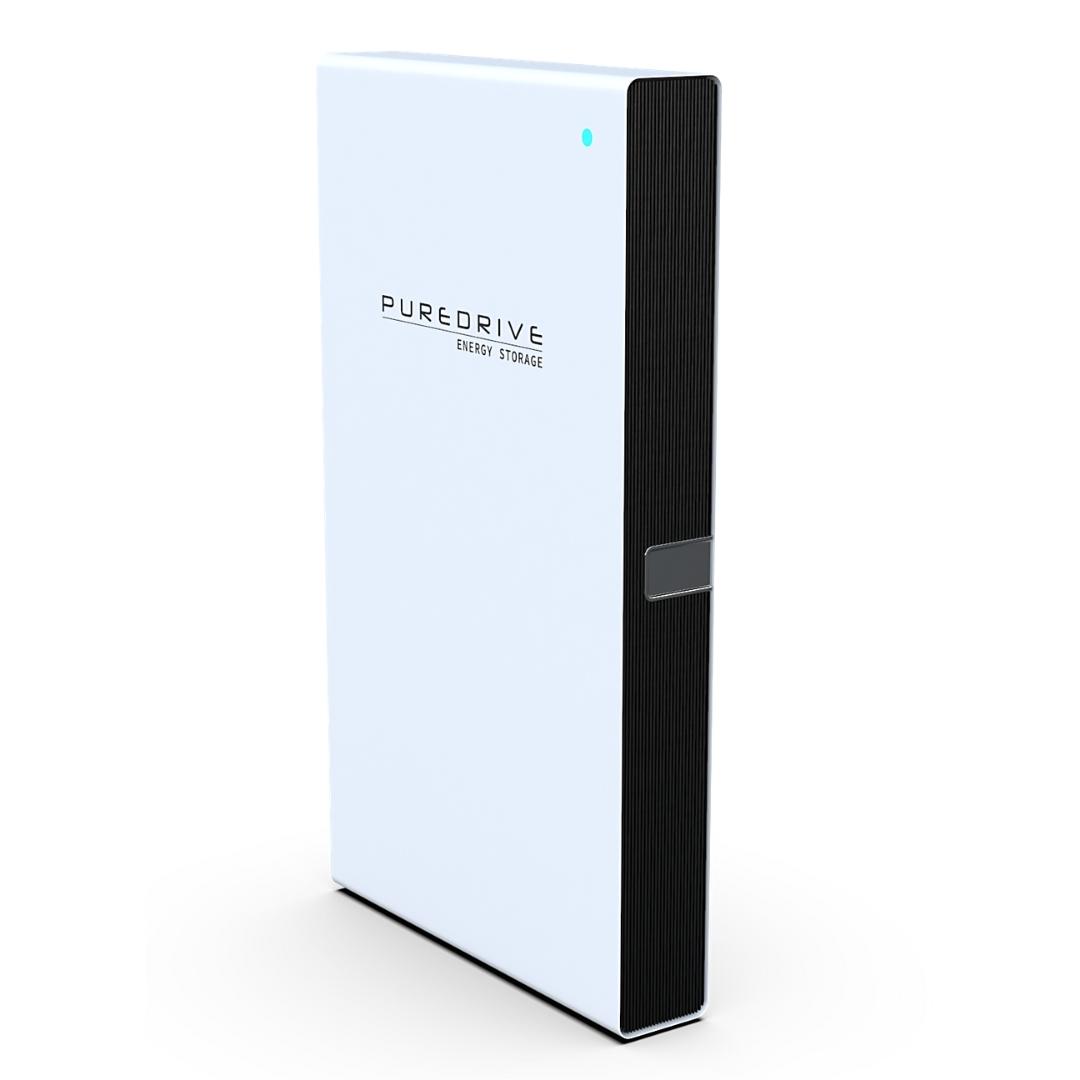 |
Puredrive PureStorage AC Battery | 5 – 10 kWh | LiFePO4 Lithium ion Phosphate | 10,000 | 10 Years | 75 – 119kg | -20°C to 60°C | 550/850 x 1,460 x 165mm | Floor/Wall | Yes | £3,157+ |
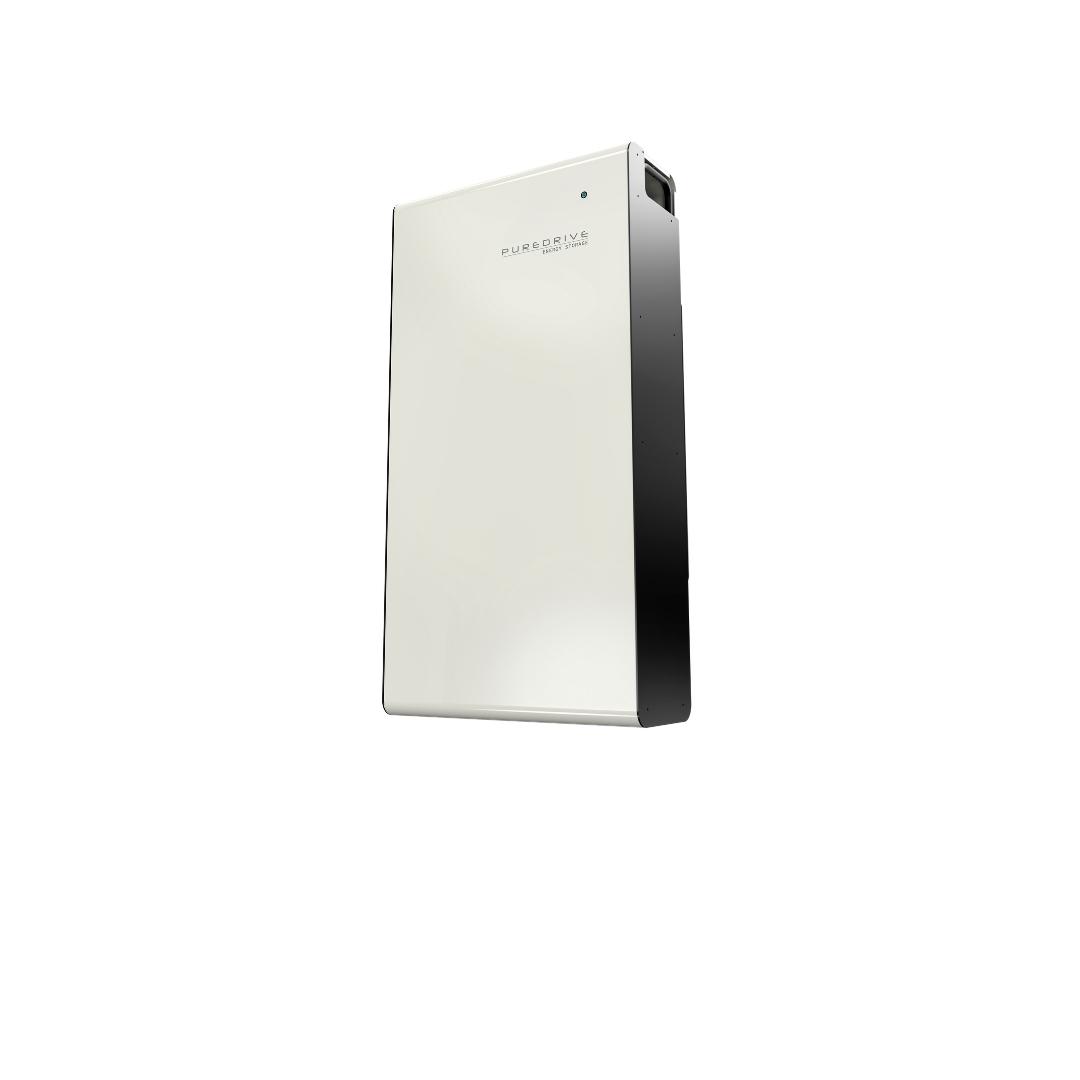 |
Puredrive PureStorage DC Hybrid | 5kWh (Modular up to 25 kWh) | LiFePO4 Lithium ion Phosphate | 10,000 | 10 Years | 57kg | -10°C to 60°C | 386.40 x 737 x 171.80mm | Wall / Floor | Yes | £1,555 |
Do I still need the grid if I get a home battery?
Most batteries are designed to work with the grid. If you’re off-grid or if you’re looking to protect yourself against power cuts with a home battery, not all systems are suitable. For energy without the grid you may need to pay more.
Do I have to have solar panels to install a battery?
No. You can charge a home battery using electricity you buy from the grid. If you have a time-of-use electricity tariff you can save money by charging your battery when electricity is cheaper, and using the power from it so you’re not buying from the grid at pricey peak times.
Which is better, AC or DC battery installation?
There are two types of battery installation: DC and AC systems. Small systems can be wall-mounted, while larger ones sit on the floor. While both types of batteries can be used almost anywhere, AC-coupled batteries are a good option for existing solar systems, as they’re cheap and easy to retrofit. If you’re installing new solar panels and this battery will be going in at the same time, DC might be a better match as they’re usually more efficient and suffer fewer power losses.
DC battery systems
DC coupled or Hybrid systems typically use a hybrid or multi-mode inverter. Modern hybrid inverters incorporate high voltage MPPT controller/s and battery inverter/chargers inside a common unit.
Higher voltage batteries can be configured in two different ways:
- DC coupled between the solar array and inverter.
- DC coupled directly to a compatible hybrid inverter
Pros
- ✔ Simple to install
- ✔ High-efficiency
- ✔ Compact, modular battery options
- ✔ Smaller cable size
- ✔ Can be retrofitted to some existing solar installations.
- ✔ A growing number of options available
Cons
- ✘ Not all work as a back-up power supply
- ✘ If they do, many have a 3-5 second delay during a blackout
AC battery systems
AC coupled batteries or simply ‘AC batteries’ allow batteries to be easily AC coupled to a new or existing solar installation where there is a grid connection.
These battery systems consist of lithium battery modules, a battery management system (BMS) and inverter/charger all in one compact, simple unit which can be easily connected to most homes.
The inverters in these systems are typically not powerful enough to run your home completely off-grid, and they can’t handle the surge loads of multiple appliances. The most well known AC battery is the Tesla Powerwall 2, along with the SonnenBatterie. These systems are generally simple to install, modular and one of the most economical choices for storing solar energy.
Pros
- ✔ Easy retrofit – can be added to homes with an existing solar installation
- ✔ Economical
- ✔ Generally simple to install.
- ✔ Flexible modular system, allows expansion.
Cons
- ✘ Lower efficiency – approx 90%
- ✘ Some don’t offer a back-up supply function
What’s the best size home battery?
The answer is, that depends. If you’re generating 4kW of surplus solar, it doesn’t make sense to buy a battery that can only take on 3kW.
It’s not just about size. Check the power input and output before you buy. A battery storage system delivering 800 Watts of power is not enough for a cup of tea (your kettle needs 2000 Watts) in a power cut.
Should I buy a home battery if I have an EV?
An electric vehicle is itself a big battery on wheels, if it’s at home during the day it can act like a battery, storing your excess solar electricity. If you are often away during the day, battery storage system starts to make more sense. If you have an EV, check how they will interact – especially in terms of battery capacity and discharge rates.
Can I power my house from my EV?
Vehicle to grid (V2G) is one of the technologies that is undergoing trials and may be commonplace in the future. Volkswagen says all of their vehicles will be capable of bi-directional charging in 2022. The Nissan Leaf is able to do this already.
A more easily obtainable goal, may be to send back power to our houses rather than back to the grid. The Hyundai Ioniq 5 has vehicle to load (V2L) which allows any household appliance to be plugged in at the charging port – it’s 3.5kW of power output from the 53 or 72kWh battery is perfect for powering many appliances in your home in a power cut.
